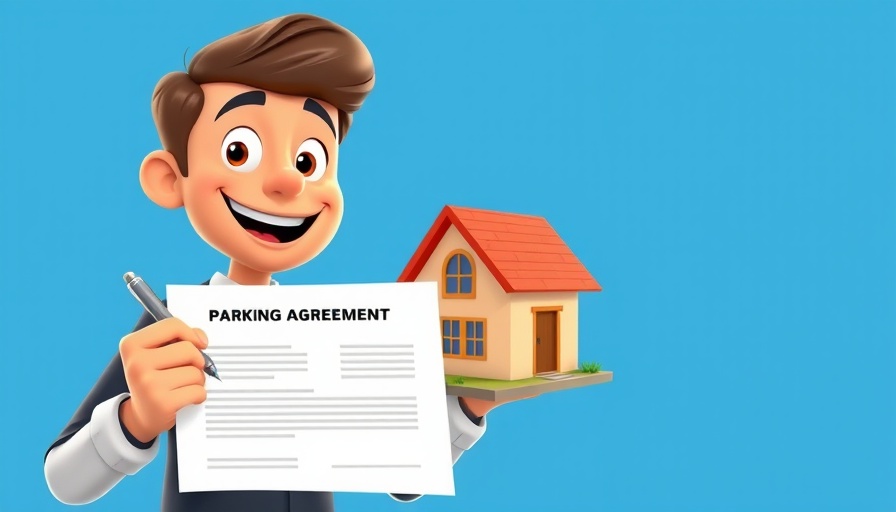
A Guide to Tiny House Parking: Creating Effective Lease Agreements
As the tiny house movement continues to gain momentum, young professionals are increasingly embracing this minimalist lifestyle. However, one of the main challenges they face is finding adequate parking spaces for their tiny homes. Since these homes often occupy unconventional spaces, it's vital to have a formal lease agreement in place to protect the interests of both renters and landlords.
Understanding the Importance of a Lease Agreement
Living in a tiny house means navigating unique regulations and local ordinances that often lack clear guidelines. The significance of a comprehensive lease agreement cannot be understated. It provides clarity surrounding rental terms, expectations for maintenance, and security measures, thereby fostering a healthy landlord-tenant relationship.
Key Elements of an Effective Lease Agreement
When drafting a lease for tiny house parking, there are specific components you should emphasize:
- Clear Identification of Parties: Ensure both the landlord and tenant are clearly identified alongside the location of the parking space.
- Term and Rental Fee: Define the lease duration and specify the monthly rental fee to prevent future misunderstandings.
- Maintenance Responsibilities: Outline who is responsible for upkeep to avoid disputes down the line.
- Security Measures: Include clauses around security protocols to protect the tenant's property.
- Termination and Removal Procedures: Clearly state how termination of the lease works and the steps for removing the tiny house to prevent surprises.
Challenges Young Professionals Face in Tiny House Parking
Younger generations seeking to adopt tiny living face hurdles influenced by local regulations that can vary significantly. Depending on the classification of the home—whether it's seen as a trailer, RV, or mobile home—many municipalities have different rules governing where and how these homes can be parked. Understanding the specific legal landscape of your area is paramount, as some cities are more accommodating than others.
Potential Solutions and Communities for Tiny House Enthusiasts
As tiny house communities continue to emerge, finding the right place to park your home has become less daunting. RV parks and specially designated tiny house zones are becoming more common. Many municipalities are also beginning to recognize the benefits of tiny living, spurring legislative efforts to accommodate these homes more formally.
Your Next Steps Toward Embracing Tiny Living
For those contemplating the tiny house lifestyle, foster clear lines of communication with potential landlords and ensure a strong lease agreement. By doing so, you can enjoy the freedom and flexibility tiny living provides without unnecessary complications. Consider exploring local tiny house communities and regulations as part of your pre-planning efforts.
To learn more about establishing a successful tiny house parking agreement and becoming part of the thriving tiny house community, take the first step and research viable options in your area.
 Add Row
Add Row  Add
Add 




 Add Row
Add Row  Add
Add 

Write A Comment